Filter and
optical coating measurements
|
I purchased a simple (well, not simple in price!) spectrometer to measure transmission and reflection spectra. I also purchased a reflectance standard so that I could calibrate the system. Transmission calibration does not require this. So far I have measured a number of astronomical filters, and they are included below in alphabetical order, broadband filters first, then narrowband. The horizontal axis is a bit tough to read, but that is the wavelength axis, and it goes from 340 to 820 nm, 20 nm per division. Note that there is usually a bit of noise at the shorter end of the spectrum from 340 to roughly 400 nm. This is due to low signal levels from the light source in that part of the spectrum. The shape of the plot is fairly accurate due to calibration, though its vertical position is subject to uncertainty of 1-2% by my best estimate. So, if you see two filters varying by 2% in peak transmission, assume that could be due to measurement error. Comments for each filter are above the plot/graph. If you have a filter that you would like measured, I will likely do it for free if you take care of the shipping to my shop and back to you, and so long as you don't mind my posting the results here. However, I will not participate in disputes with manufacturers. Broadband filters Baader 610nm longpass - New 2" filter, used for nightvision 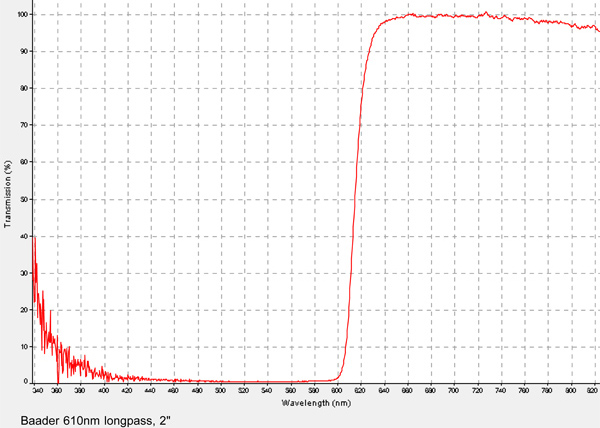 Celestron UHC/LPR - New 2" filter, used for nightvision 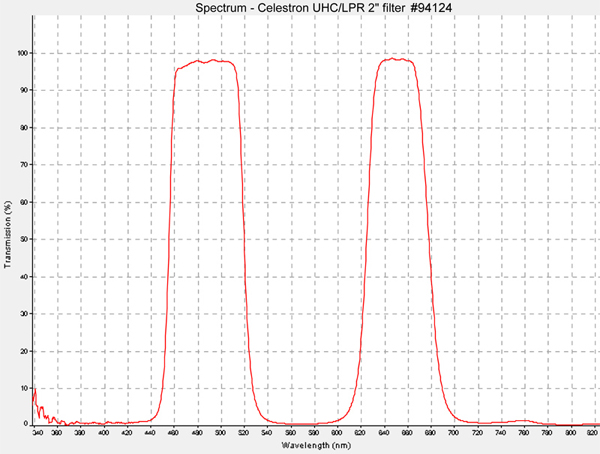 Lumicon Deep Sky - Older 2" filter, borrowed for measurement Lumicon Minus V - Older 2" filter, borrowed for measurement Lumicon OIII - My first OIII filter, 1.25", purchased in the early 1990s, still going strong Optolong CLS - A friend's 2" Optolong light pollution filter 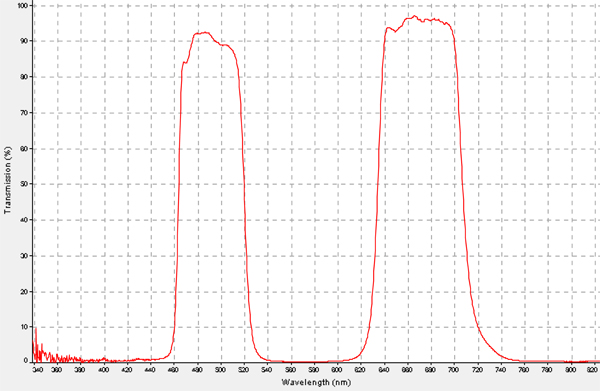 Thousand Oaks H-Beta - My 2" H-Beta filter for observing 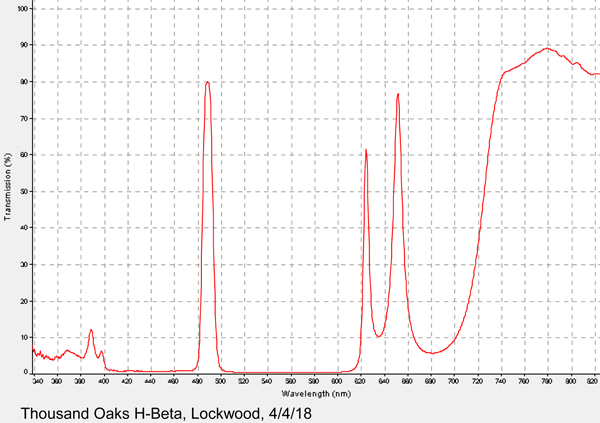 Thousand Oaks OIII My 2" OIII filter for observing 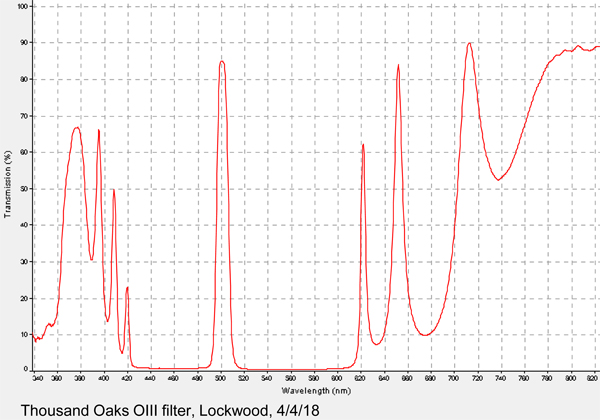 Narrowband filters Antlia H-Alpha, 3.5nm passband - 2", purchased for nightvision by me. This filter performs well with a Gen3 filmless white phosphor nightvision monocular in moderately light-polluted skies. 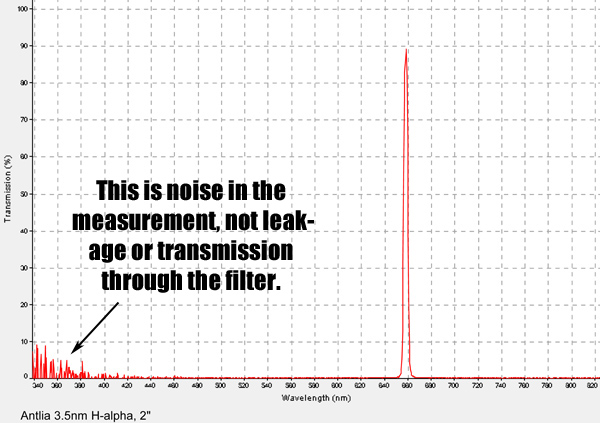 Astronomik H-Alpha 6nm - 2", borrowed for measurement 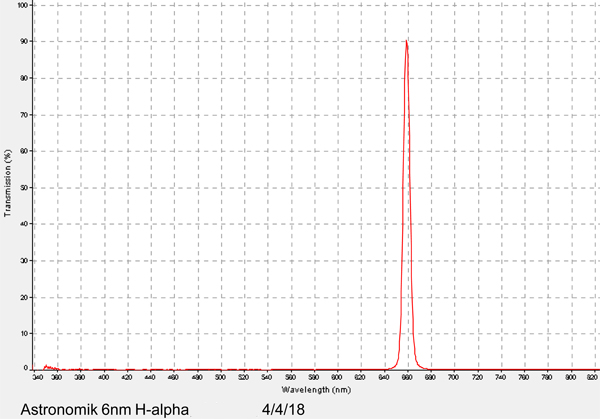 Astronomik H-Alpha 12nm - 2", borrowed for measurement 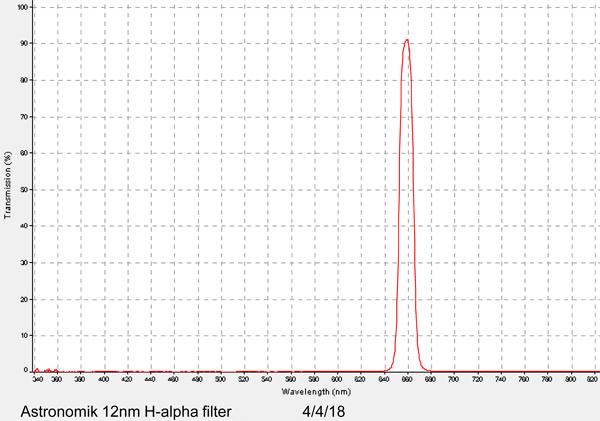 Astronomik OIII, 6nm - 2", borrowed for measurement 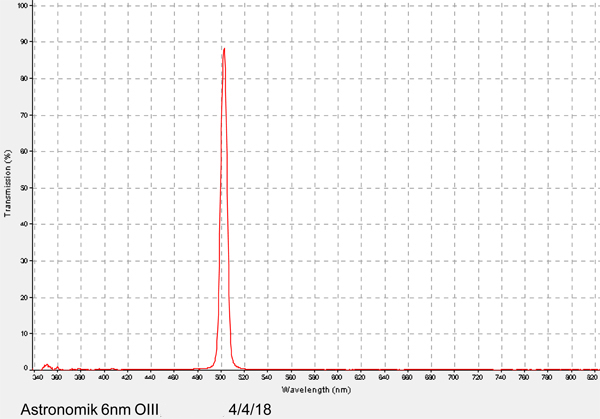 Astronomik OIII, 12nm - 2", borrowed for measurement 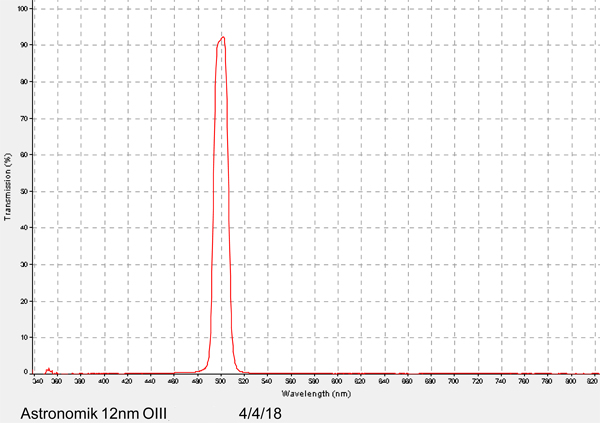 Baader H-Alpha, 7nm - My 2" filter for nightvision, currently 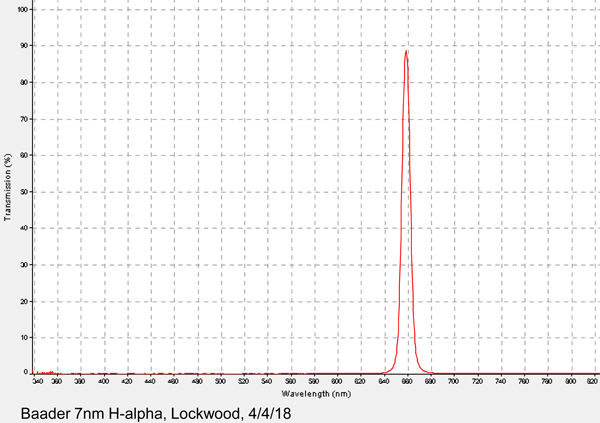 Custom Scientific H-Alpha, 3nm - 1.25", borrowed for measurement 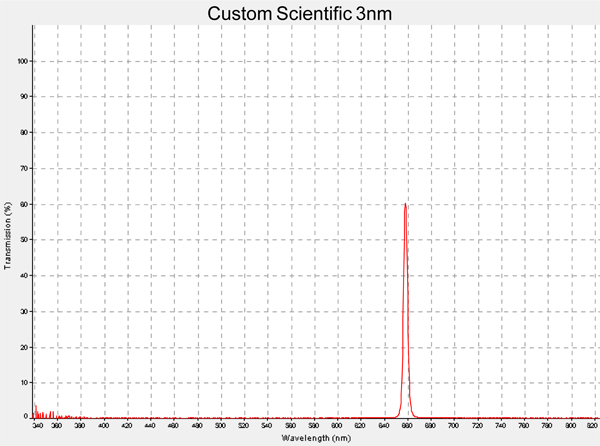 Optolong H-Alpha, 7nm - 2", borrowed for measurement. Note off-band leakage that was visible in images taken through it as non-red colors. This filter is inexpensive, but it may have been defective. 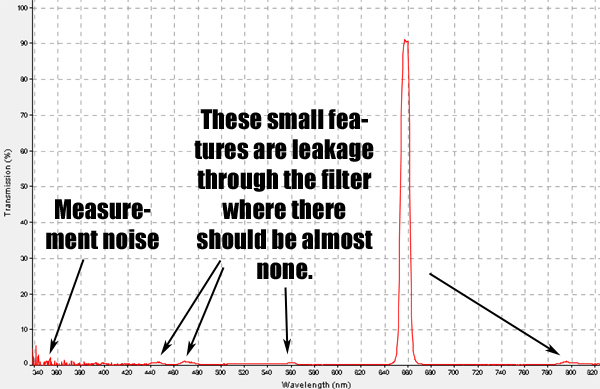 Optolong OIII, 6.5nm - 2", borrowed for measurement. Note off-band leakage. 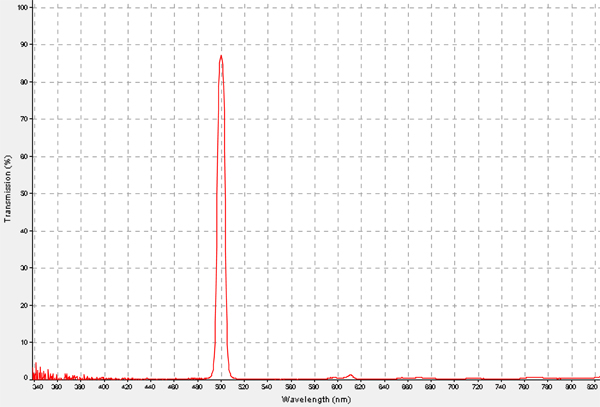 I plan to add more measurements here as I am able to do them. Overall, the broadband filters all performed as one would expect. The old ones have held up fairly well and are not degrading in ways that I can notice. The Optolong narrowband filters had some off-band leakage straight from the factory, something that I did not see with other manufacturers. Optical coating measurements Please check back in the future for reflective coating measurments. -Mike Lockwood, Lockwood Custom Optics |